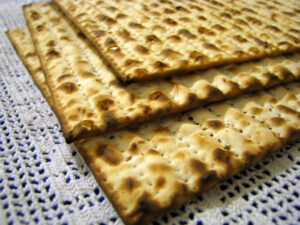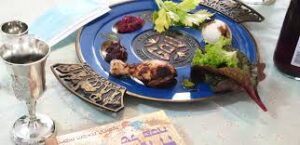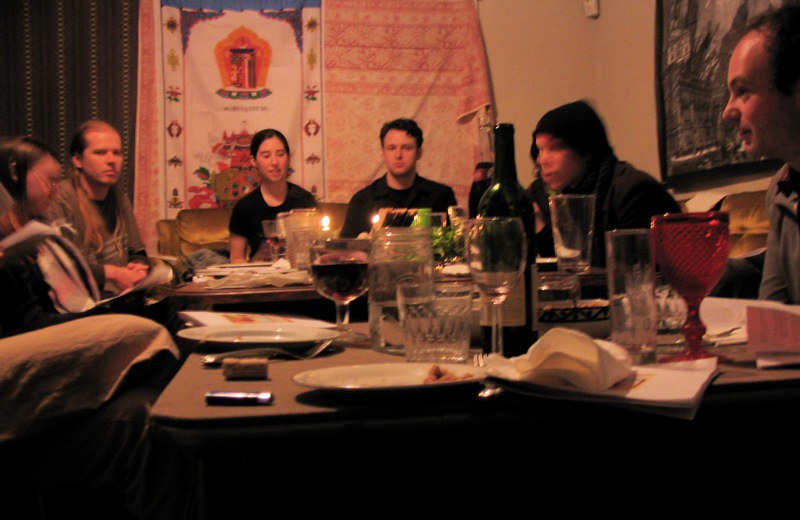The end of the year is a holiday season for many, but the first few months have important religious events too. Passover, in Judaism, is one such spring holiday. It celebrates the Israelites leaving ancient Egypt. Moses, as told in the Torah, was told by God to free his fellow Hebrews from slavery.
When the pharaoh declined, God unleashed 10 plagues.During the last plague, the Israelites’ homes were spared, leading to the holiday’s name.
Today, Passover is celebrated with two special meals called seders on the first two nights.
Seder means “order” in Hebrew, because there’s a set way to do everything, from prayers to eating. Passover observers also eat matzo, a special unleavened flatbread, during the seders and all week. The seder tells the story of leaving Egypt, read from a special book called the Haggadah.
Passover: A Festival of Freedom and Justice
Passover is about freedom and fairness. Rabbi Danielle Eskow says it’s important because it teaches us to care for others. We remember we were once slaves and must help those who are suffering.
Passover is a time to think about justice. Rabbi Eskow says it’s for everyone, not just one religion. It reminds us to help those who need it. It is a story about helping others. Rabbi Eskow says we were once in trouble, like those in Egypt. We must help others who are in trouble now.
Passover teaches us to be fair. Rabbi Eskow says we should treat others well. It’s our duty to help those who are struggling.
Passover: A Time to Remember Freedom and Justice
Passover reminds us to be kind. Rabbi Eskow says it’s a lesson for all. We must remember to help those who are in need.
“Eskow says you don’t need to be Jewish to understand this special holiday. Everyone can appreciate its meaning.”
The Passover Story
The Passover story is in the Book of Exodus. It’s about how the Jewish people were slaves in Egypt. They wanted to be free.
God helped them leave Egypt. Moses led them out. It shows that even when things are hard, God can help.
The story is important because it teaches about freedom and the protection of God. It also reminds us of the Jewish homeland.
Passover Duration
Passover lasts for eight days for most Conservative and Orthodox Jews outside of Israel. In Israel and for Reform Jews worldwide, it’s seven days long.
Passover 2024 Dates
Passover 2024 starts April 22 when the sun goes down. It ends April 30 after nightfall in the United States. The first Passover dinner is on April 22 at night. The second dinner is on April 23 after dark.

Why No Bread at Passover?
When the Jewish people left Egypt, they didn’t have time for bread to rise. They only had matzo. So, during Passover, we eat unleavened foods like matzo. Some people also eat rice and legumes, depending on their tradition.
For example, in places like Syria and Iran, they eat rice during Passover after checking it for wheat. We don’t eat barley, rye, wheat, oats, or spelt during Passover. It’s a time to avoid gluten.
Passover Traditions
During Passover, people do special things. One thing is reading from the Haggadah. It tells the story of Passover. We read it with family and friends. It helps us remember being slaves in Egypt.
Another tradition is inviting a stranger to dinner. This fits with Passover’s theme of being welcoming. It’s nice to share our meal with others.
These traditions help keep the Passover spirit alive. They serve as a reminder of our past and the principles we uphold.
The Four Questions
During the Passover seder, we inquire about the Four Questions. The youngest person asks, “What’s different about tonight?” It’s important in the seder. The questions help us understand why tonight is special. We learn about the Passover story.
It’s a tradition for generations. So, the youngest person asks these questions. They’re curious and excited. They want to know why this night is different. And we all discuss the answers together. It’s a time for learning and celebration.
The Afikomen Tradition
During the seder, the afikomen, which is the middle piece of matzah, is hidden. First, it’s broken in half. The larger portion is wrapped in a napkin and concealed somewhere in the house, typically by the adult conducting the seder. Later, after the meal, kids search for it. The one who finds it might get a small prize.
The Seder Plate: A Passover Tradition

During Passover, a seder plate is used. It’s important for the Passover story. The plate has six things. Each thing reminds us of a part of the story.
Charoset: It’s a sweet mix of nuts, apples, and wine. It’s like the mortar slaves used for bricks.
Karpas: It’s parsley dipped in salt water. It reminds us of the tears in Egypt.
Maror: It’s bitter herbs, usually horseradish. It shows the bitterness of slavery.
Zeroa: It’s a lamb shankbone. It represents the lamb Israelites sacrificed.
Beitza: It’s a hard-boiled egg, still in its shell. It represents the sacrifice at the holy table and rebirth.
Chazeret: It’s bitter lettuce or root vegetable, often Romaine lettuce. It represents the pain in Egypt.
Also Read: Amazing 4/20: Origin, Celebration, And Rich Cannabis Process


1 thought on “The Beautiful Story of Passover: Unveiled Secrets”